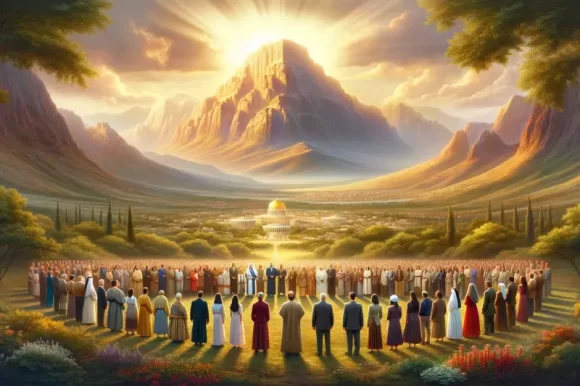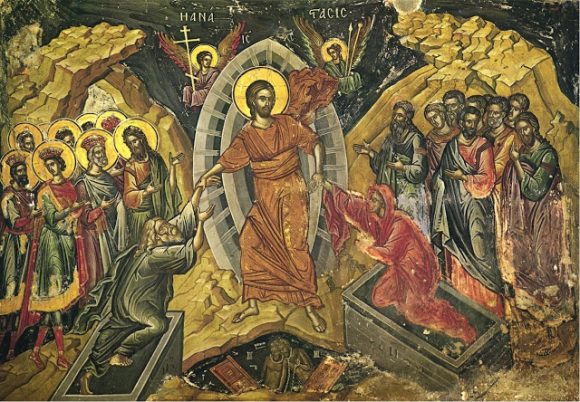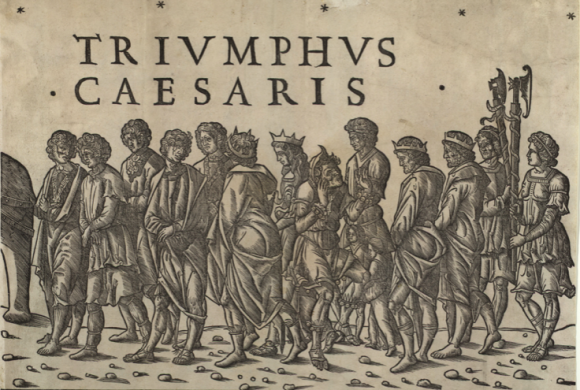This final portion of an e-book that I am writing has been a long time coming. With this final deposit, I have completed the first draft of my e-book titled: “A to Z of Christ’s Finished Work”. I will need to edit and refine and knit them all together before publishing the book.
Z could easily be “zest” or better still “zeal” both of which are certainly fruits of the finished work of Jesus Christ. However, what appeals to me more is “Zion”.
No, we do not mean “Zionism” which is defined by Collins English Dictionary as “a political movement for the establishment and support of a national homeland for Jews in Palestine, now concerned chiefly with the development of the modern state of Israel”.
I am talking about Zion, a geographical location, an emotive symbol and spiritually significant motif. In the Old Testament, we first hear of Zion as the fortress of the Jebusites that David conquered and made into his capital, Jerusalem (2 Samuel 5:6-7). Zion came to be synonymous with the city of Jerusalem, and and its inhabitants. Later, through its association with the Temple it took on spiritual significance as God’s dwelling place on earth with his people. During Israel’s captivity in Babylon, it became the pivot of their hope. Isaiah 65:17-19 states: “For behold, I create new heavens and a new earth, and the former things shall not be remembered or come to mind. But be glad and rejoice forever in that which I create; for behold I create Jerusalem to be a joy, and her people to be a gladness. I will rejoice in Jerusalem and be glad in my people; no more shall be heard in it the sound of weeping and the cry of distress”.
There will be a new Jerusalem at the heart the new creation at the end of this age. This is confirmed in Revelation 21: 1-3 where Isaiah’s vision will be finally fulfilled. “Then I saw ‘a new heaven and a new earth,’ for the first heaven and the first earth had passed away, and there was no longer any sea. I saw the Holy City, the new Jerusalem, coming down out of heaven from God, prepared as a bride beautifully dressed for her husband. And I heard a loud voice from the throne saying, “Look! God’s dwelling place is now among the people, and he will dwell with them. They will be his people, and God himself will be with them and be their God”. This end of the age fulfilment could not have come apart from Jesus’ death and resurrection from the dead. This is the final purpose and ultimate vision of the Holy Trinity: to dwell with his beloved children in new Jerusalem, in eternal Zion.
The writer of Hebrews talks about Zion as “the city that has foundations, whose designer and builder is God” (Heb 11:10). It is the eternal city “for here we have no lasting city, but we seek the city that is to come”(Heb 13:14). The writer sees Zion as a city in the afterlife, a physical reality, and part of the new heaven and new earth that God will create.
Interestingly the writer also refers to Mount Zion as a existing spiritual reality too. His purpose was to dissuade Jewish converts to Christ from backsliding into Judaism because of the persecution and pressure they encountered. So in Hebrews 12:18-24 he compared the old and new covenant, the Mount Sinai and Mount Zion experience. On Mount Sinai what they experienced were tangible, terrifying and threatening so much so that even Moses feared for his life.
But you have come to Mount Zion, to the city of the living God, the heavenly Jerusalem. You have come to thousands upon thousands of angels in joyful assembly, to the church of the firstborn, whose names are written in heaven. You have come to God, the Judge of all, to the spirits of the righteous made perfect, to Jesus the mediator of a new covenant, and to the sprinkled blood that speaks a better word than the blood of Abel. (Heb 12:22-24)
The new covenant Mount Zion experience would be totally different because of the mediator Jesus Christ. Note that “you have come” is in present perfect tense, which refers to a past action that has continued into the present. While Revelations sees Mount Zion as a future hope, the writer of Hebrews present another dimension, the here and now, which followers of Christ have entered into.
Through Christ’s blood which speaks the better word of forgiveness rather than the blood of Abel crying out for revenge, we who are followers of Christ, have come to Mount Zion where God dwells. We are in fellowship with God the Judge, and Jesus the Mediator, and with angels though we do not see them, and with the universal church (including past Old Testament believers that are described as “the spirits of the righteous made perfect”). The writer of Hebrews is saying that under the new covenant, all followers of Christ are experiencing a foretaste of the new Jerusalem of Revelations 21. This is Mount Zion. There is much mystery here in this spiritual reality that we cannot fully grasp this side of eternity. But thankful we should be. Made possible by Christ’s finished work.
This is part of a planned series of writings on the topic, “The A to Z of Christ’s Finished Work”. I am writing it alphabet by alphabet. Thus far the others that I have written can be found HERE.



